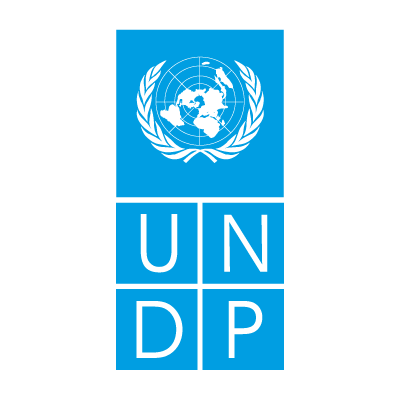
KNOWLEDGE
HUB
Case Study
Restoration of Mangrove Forests in Vietnam
Due to certain aquaculture and agriculture practices as well as other factors, since the 1950s, Vietnam lost more than 80% of its mangrove forests (shrubs or trees that grow on coastal shorelines). Mangrove forests are useful in decreasing storm surge levels, reducing the height of waves and stabilizing sediments. Motivated by the vulnerability of Vietnam to storm surges and flooding, the Government of Vietnam implemented mangrove forest restoration activities. These activities resulted in concrete positive impacts including: expansion of new mangroves forests by 18,000 hectares; reduction in a storm surge wave height from 4 to 0.5 meters along a particular stretch of sea dike; and reduction in the cost of dike maintenance by US$ 7.3 million per year. Key actions and good practices profiled in this case study are highlighted below.
- Development of an enabling policy environment including: shifting land use terms and conditions towards individuals, granting longer lease terms and profit rights.
- Establishment of rights and duties for key stakeholders to improve management, conservation and restoration of mangrove forests. Policy changes established three categories of forest types; protection, special use and production forests. A majority of mangroves were classified as production forests (due to its productive nature) and have been allocated to locals/organizations for active management.
- Design and implementation of financial incentives and trainings, at the subnational level, to support agroforestry workers in restoring and managing mangroves. Key activities included provision of monthly salaries for agroforestry activities, financial rewards for successful mangrove protection, loans for fishery mangrove restoration activities, and technical training on reforestation methodologies.
- Provision of international funding supported restoration/rehabilitation of mangroves and upgrades to the coastal dike system.
Institutions Involved
Government of Vietnam, Red Cross, World Bank, Danish International Development Agency, Red Cross Disaster Risk Program, Japanese and Danish Red Cross



